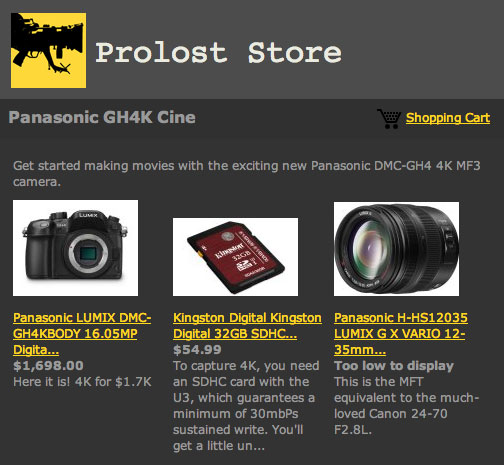My letter to Canon
 Monday, September 22, 2008 at 5:24PM
Monday, September 22, 2008 at 5:24PM  Photo by Benjamin Warde of me making this shot.
Photo by Benjamin Warde of me making this shot.
The person I spoke with at Canon’s help line did not give me the greatest sense of confidence in their ability to impart my 24p request, so I took reader prosckes’s advice and emailed Canon at customerfeedback@cits.canon.com:
Dearest Canon,
I am an author, filmmaker, and photographer. I use my 5D almost every day and own several video cameras as well (including one from Canon). The filmmaking community is very excited about the 5D MarkII’s HD video mode. It is a very important development that many, including myself, see as signifying an eventual loss of distinction between video and still cameras. It is wonderful that Canon is a part of this revolution.
I realize that despite the excitement surrounding this new capability, video is a “bonus” feature on the 5D MkII. Nevertheless, it’s a bonus feature that will sell some cameras. In my own case, the HD video feature would be enough for me to immediately upgrade from my current 5D to the MkII. Except for one crucial problem: the frame rate.
It was a natural choice to offer 30 fps video, as it roughly matches the broadcast frame rate in both the US and Japan. But we filmmakers would love to have the option of 24 fps. This is the frame rate of motion picture film. Until HD video cameras adopted this frame rate (which came to be known as 24p, the “p” standing for Progressive Scan), they were not taken seriously by the film industry.
Canon’s pro video division understands this, perhaps painfully. Canon was once the darling of the independent video community, but being late to the table with a real 24p video solution meant a lot of lost business to Panasonic and Sony. Now even very low-end Canon video cameras have 24p support, although Canon is still not perceived as a leader in this area.
And while the 5D MkII is in a different class than the Nikon D90 DSLR, the D90’s video mode, while only 720p and marred by motion artifacts, is 24 fps. This is important enough that many people are buying the D90 based on this feature alone. At the same time, Panasonic’s compact LX3 also features 24p video at 720p HD resolution. Other manufacturers know what Canon’s pro video division knows: 24p is a must-have option in an HD camera.
Meanwhile, Jim Jannard of RED is scrapping his plans for a much-anticipated $3,000 video camera, based, no doubt, on the sudden explosion of large-sensor motion options cropping up at or below that price point. He has thousands of potential customers waiting to buy whatever he makes instead.
You need to be as much of a leader in this exciting new movement in camera technology as you are in the DSLR world. Please add 24p support to the 5D MkII via a firmware update. If you do, I will upgrade immediately. If you don’t support 24p, someone else will, and my business and allegiance will go with them. This is a critical time for Canon to establish leadership and show an understanding of its users’ needs.
And now for some specifics: While 30 fps is useful, it would be better if the camera ran at 29.97 fps, the actual speed of NTSC video. Similarly, when I say 24p, I am really talking about 23.976 fps. In Europe, users will want a 25 fps mode for compatibility with PAL video. Again, none of this is news to your pro video division.
For more information on this subject and to read some comments from supporters and potential customers, please see my blog:
OK guys, if you’re serious about this…
Thanks for your time and attention,
-Stu
—
Stu Maschwitz
www.theorphanage.com
www.prolost.com










